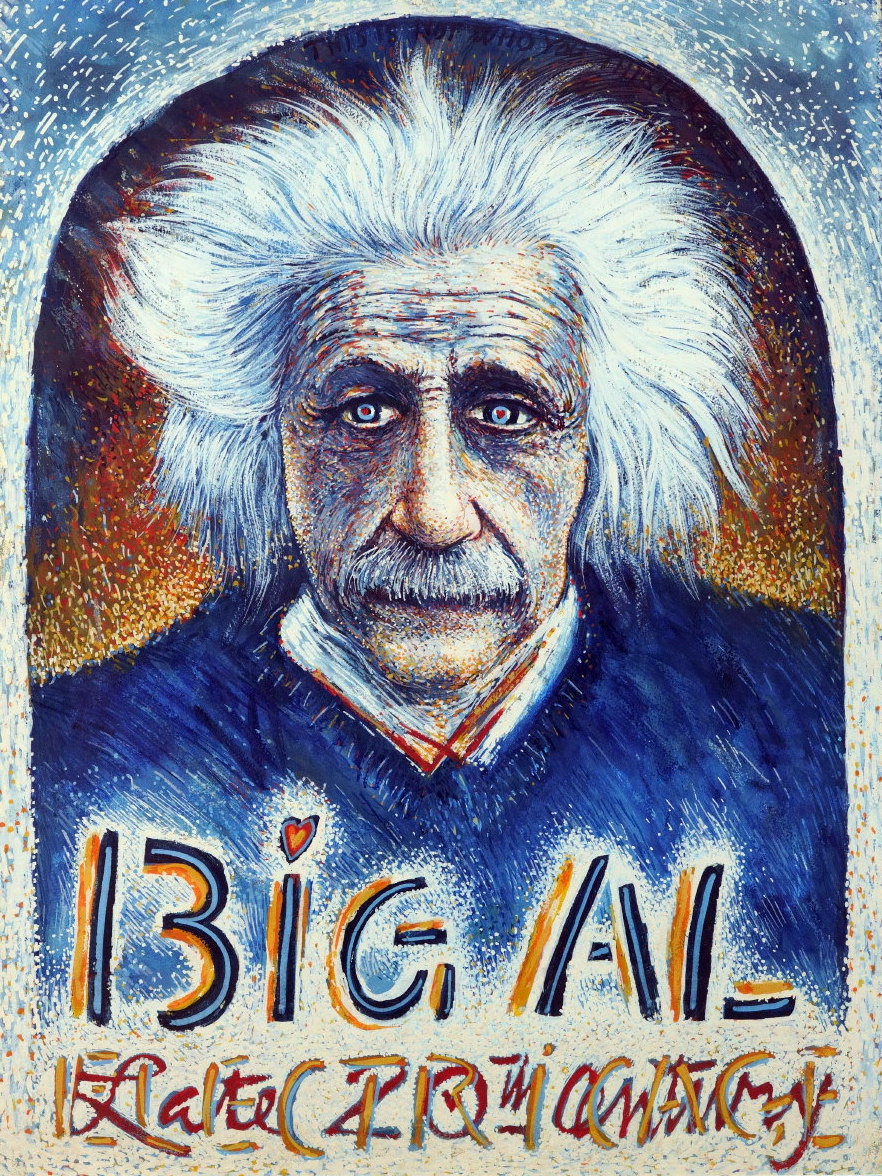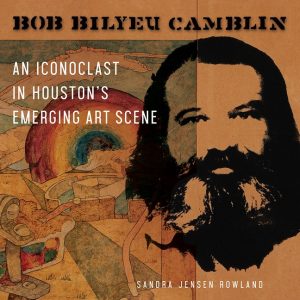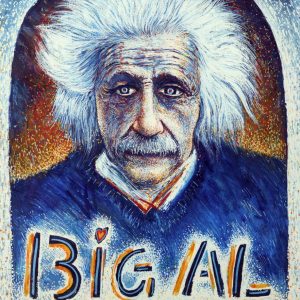Description
The lithograph “Big Al” depicts Albert Einstein, with an expressive and vibrant color palette. The piece emphasizes Einstein’s wild, iconic hair and intense gaze. The portrayal uses energetic brushstrokes and saturated hues to create a dynamic image that captures the imagination and intensity associated with the famous physicist. The text “Big Al” at the bottom adds an informal, almost affectionate nickname for Einstein, while other notations suggest a playful approach to the representation of the scientific genius.In the Zen context, Einstein’s image here can be seen as embodying the concept of “beginner’s mind” (shoshin), where one approaches the world with a childlike openness and wonder, despite great knowledge or expertise. The chaotic yet insightful energy depicted may symbolize the importance of embracing the mysteries of the universe with curiosity rather than rigid logic. His hair, appearing like electric currents or flowing waves, aligns with Zen’s appreciation for the natural, untamed forms of nature.
In terms of the I Ching, this piece could be associated with the Hexagram “Thunder” (Zhen), representing movement, shock, and the power to awaken. Einstein’s contributions to science, like thunder, challenged conventional understanding and brought new insights to the world. His piercing gaze symbolizes the clarity and foresight that can emerge from profound disturbances, while the energetic strokes suggest the transformative power of inspired thought.
Combining these interpretations, the painting presents a multidimensional view of Einstein that transcends mere portraiture. It portrays him not only as a historical figure but as a symbol of awakening and transformation. The bold, vibrant colors represent the electrifying impact of his theories on physics, and the raw brushwork reflects the untamed, boundary-pushing nature of his intellect. Through the interplay of color, texture, and form, the image conveys both the human and transcendent aspects of Einstein’s genius.
Stylistically, the painting echoes elements of Expressionism, where artists aim to convey emotional experiences rather than mere representations. The vivid color choices and dynamic composition show influences from post-impressionist and modernist movements, which often sought to break away from realism and embrace subjective interpretation. The informal reference to “Big Al”, “Late 20th Century”, and “electricage” adds a contemporary twist, humanizing Einstein and making him accessible as a cultural icon beyond the academic realm. The piece not only serves as a tribute but also as a reflection on the nature of creativity and the drive for discovery in both art and science.
“Big Al” was featured in his Yes Retrospective, in volume IV of the series Bob Camblin N Complete Workes and in Sandra Jensen Rowland’s monograph, Bob Bilyeu Camblin – An Iconoclast in Houston’s Emerging Art Scene.




